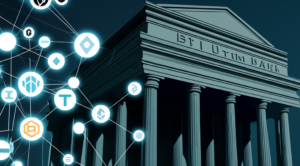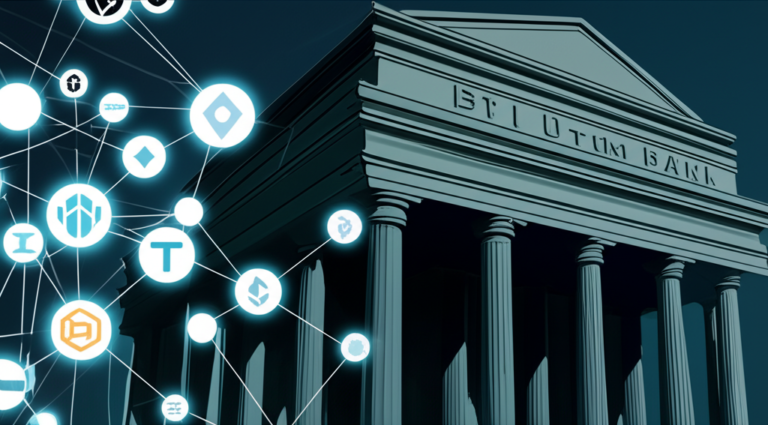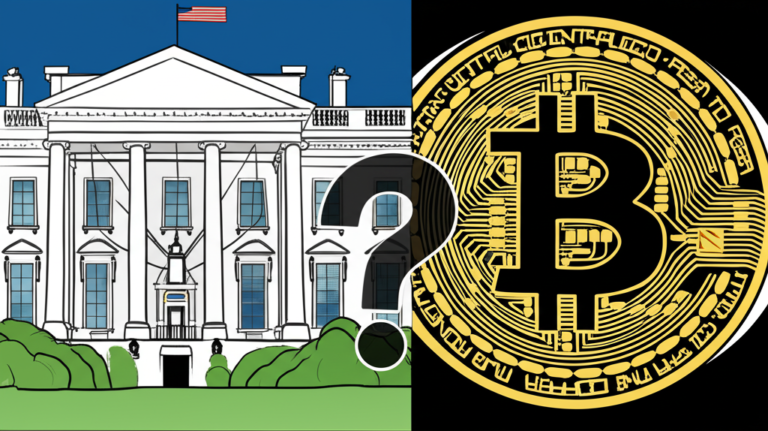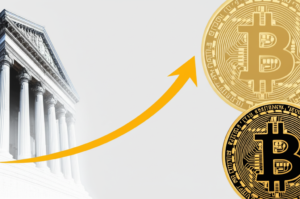CoinDCX $44M Hack: A Deep Dive into the Silent Vulnerability Exposing Indian Crypto’s Fragile Infrastructure
The Indian cryptocurrency exchange CoinDCX recently suffered a staggering $44 million hack, sending shockwaves through the industry. What makes this breach particularly concerning is that hackers achieved this significant theft without directly compromising user wallets. This raises serious questions about the security protocols and internal controls of even established exchanges, highlighting the fragility of the Indian crypto infrastructure and the urgent need for greater transparency.
How the Hack Occurred: Exploiting Internal Weaknesses
While the exact method remains undisclosed by CoinDCX, initial reports suggest the hackers exploited vulnerabilities within the exchange’s internal systems, rather than targeting individual user accounts. This could involve several potential scenarios:
Potential Breach Vectors:
- Compromised Employee Accounts: Hackers may have gained access through phishing attacks or malware targeting CoinDCX employees with access to significant funds. This scenario underscores the critical importance of robust employee security training and multi-factor authentication protocols.
- Exploitation of Software Vulnerabilities: A previously unknown vulnerability in CoinDCX’s internal software or a third-party application could have been exploited. This highlights the constant threat of zero-day exploits and the need for rigorous security audits and penetration testing.
- Supply Chain Attack: It’s possible hackers targeted a third-party vendor or service provider working with CoinDCX, gaining indirect access to the exchange’s systems. This type of attack is increasingly common and difficult to defend against.
Delayed Disclosure and Damage Control
The delayed disclosure of the breach by CoinDCX also raises significant concerns. The lack of immediate transparency likely amplified the potential damage and eroded user trust. The delay could have allowed the hackers more time to exploit the vulnerability or transfer the stolen funds, hindering investigations. This incident emphasizes the importance of prompt and transparent communication in the event of a security breach.

The Ripple Effect on the Indian Crypto Market
This incident casts a long shadow over the Indian cryptocurrency market, which is already navigating a complex regulatory landscape. The hack could further fuel regulatory scrutiny and potentially hamper the growth of the sector. It also underscores the need for stricter security standards and enhanced regulatory oversight within the Indian crypto ecosystem. The incident is likely to influence future regulatory discussions and might lead to stricter compliance requirements for exchanges operating within India. Other exchanges are likely reviewing their own security protocols in response to this high-profile breach.
Moving Forward: Lessons Learned
The CoinDCX hack serves as a stark reminder of the vulnerabilities inherent in the cryptocurrency space, even for seemingly well-established exchanges. It underscores the need for:
- Robust Security Audits and Penetration Testing: Regular, independent security assessments are crucial to identify and mitigate potential vulnerabilities.
- Enhanced Employee Security Training: Investing in thorough cybersecurity training for all employees is vital to protect against phishing and social engineering attacks.
- Multi-Factor Authentication (MFA): Implementing strong MFA for all employee and administrative accounts is non-negotiable.
- Transparent Communication: Open and timely communication with users and regulators is paramount in building trust and minimizing damage in the event of a security breach.
Key Takeaways:
- CoinDCX suffered a $44 million hack without direct user wallet compromise.
- The breach exploited internal vulnerabilities, highlighting systemic risks.
- Delayed disclosure amplified the impact and eroded user trust.
- The incident underscores the need for stronger security protocols and regulatory oversight within the Indian crypto market.










